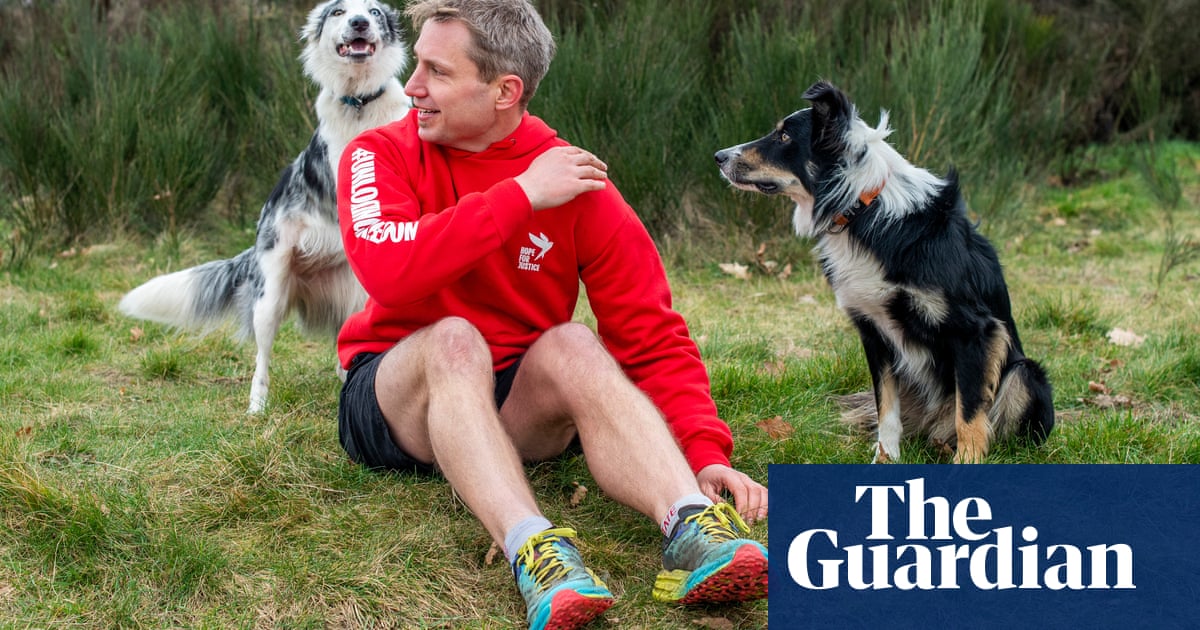
Erina Takahashi got lost on her first day at ballet school. Just arrived in London aged 15, speaking barely any English, she decided to take a side road and ended up panicked, unable to find her way back. “I’ll never forget that,” she says. “I don’t know why I felt like I wanted to be adventurous and go a different route.”
She paints herself as a shy teen, but what could be more adventurous than moving across the world on your own to become a dancer? There was loneliness in following that dream, whether stranded on the back streets of Kensington, or living in a hostel, staying as late as she could at school to avoid going back to her room. But once Takahashi did find English National Ballet School that first day, she basically never left, joining the ENB company in 1996 at 17 and 25 years later as a lead principal she’s still there. That’s an epic career for a ballet dancer, still on pristine form at 43 with no immediate plan to retire.
Takahashi may not have the media profile of the company’s artistic director Tamara Rojo or the starry signings that come and go (Vadim Muntagirov, Cesar Corrales, Alina Cojocaru) but she’s been a constant presence. Both technically accomplished and subtly soulful, she has been a playful, multifaceted Juliet (in Romeo and Juliet), a strong and sparklingly lovely Medora in Le Corsaire and a contemporary shape-shifter in the work of Sidi Larbi Cherkaoui and Akram Khan. Her favourites are the emotional roles, such as Manon, “showing inner feelings through movement. I love something with more passion that I can bring out.” Her youthful shyness melted away when she started performing. “On stage I was a different person.”
Right now, she’s about to play Marie, the female lead in Khan’s Creature, premiering after many Covid delays. It’s loosely based on Frankenstein. Marie is the titular Creature’s carer, and they forge a deep bond. When Takahashi and I speak, the piece is very much still evolving, and it will continue to do so even once they’re on stage. “I am always fascinated by working with him,” she says of Khan. “Even when I’m on the tube home my mind is going in a way I’ve never experienced in another ballet. We’re creating the story, along with the emotions, as we’re creating the steps; I am becoming Marie.”
It’s the third work Khan, who comes from an Indian kathak and contemporary dance background, has made for the ballet company, part of Rojo’s bold approach to programming and a long way from the usual rep. “I didn’t think I would have that challenge at this age,” says Takahashi. “I guess that’s made me continue dancing, because Tamara didn’t let me get bored.”
When Takahashi joined ENB 25 years ago it was a more traditional ballet company, led by director Derek Deane. Hierarchies were ingrained, younger dancers didn’t speak to principals unless they were spoken to first. At the barre in daily class, if you accidentally stood in a higher-ranked dancer’s favoured spot, “they might not say anything,” says Takahashi, “but they would just put their bag right by you and stand next to you until you realised, OK, I think I need to move.” That doesn’t happen any more, says Takahashi, and as she was quickly promoted while still young (becoming principal in 2000), she made an effort to be open with all the other dancers, and still does. “Whenever I see the younger ones struggling I love going to help them.”
When Deane left the company in 2001, he was followed by Matz Skoog, and five years later by Wayne Eagling, each director bringing their own personality. “Matz was more calm and chilled so the company went towards that sort of atmosphere.” And then in 2012 Rojo took over, bringing a determination to drag classical ballet repertoire into the 21st century, but also a revived work ethic, leading by example. She joined as lead principal dancer as well as artistic director, doing class and rehearsal in the morning and then spending the rest of the day running the company (and performing in the evenings). “And doing the job amazingly,” says an awed Takahashi. “She never missed a class, and that just opened my eyes. And I think because of that, the dancers also started to work harder. There was a different tension.”
Dancers’ techniques have changed over two and a half decades, as they’re required to tackle more contemporary styles, and attitudes have changed, too. Takahashi notices the self-confidence of younger dancers coming through, no more staying quiet and doing what you’re told (“That’s how I was brought up really”). “They’re so ambitious,” she says, “they want to do the solos as soon as they join the company. But I almost want to say, being in the corps de ballet is good, too, you can learn things there.” She’s noticed the difference social media has made, where dancers around the world post videos of their technical tricks and everyone else is trying to match them. You’re no longer just competing against the people in the same room as you and that’s pushing up everyone’s skill level. “The things they can do are amazing.”
Something else that’s changed over the last 25 years in ballet is a belated consideration of diversity and an awareness of cultural sensitivities. Takahashi tells me she doesn’t think being Japanese in the UK has affected her career, although Deane said he couldn’t cast her as Alice in Alice in Wonderland because she needed to be blond (“I didn’t take offence,” she says, although colourblind casting is generally the norm in British ballet now), and then she remembers hearing that she’d been recommended for a guest spot somewhere but didn’t get it because they didn’t want a Japanese dancer. “That was the one time I was thinking, why? What’s the difference?” she says.
Takahashi is married to fellow dancer, first soloist James Streeter (further quashing the old hierarchical divide). They’re not often partnered together on stage but had a memorable performance at Glastonbury festival in 2014 dancing a duet from Akram Khan’s Dust. “The night before, we walked around and saw all the rock bands,” she remembers. “We were thinking, are they really going to want to come and watch our show?” But they did come. The dancers performed on the Pyramid stage, the crowd “like little dots” and it was only as Takahashi was coming to the end of the duet that she realised the whole field had gone completely silent. “That gave me goosebumps,” she says. “And then they went crazy.”
The couple have a four-year-old son, Archie, and when Takahashi went back into training only three months after he was born, Archie became a regular presence in the studio, sitting on ballet mistress Loipa Araújo’s knee (Takahashi also stresses that they have a great childminder and grandparents to help). Pre-pandemic, Archie went on tour with them all over the world, and he’s an expert in backstage etiquette. “We taught him that near the stage he has to be quiet,” she says. “If someone is talking he’ll [say] ‘shhhh!’”
Takahashi found out she was pregnant just as she was about to dance at the Paris Opera, a landmark gig. She felt so sick all she could do between solos was lie absolutely still on a staircase next to the wings until she heard her musical cue, and then she’d leap on stage in front of a couple of thousand people who had no clue how wretched she was feeling.
That mental and physical toughness is built in to being a dancer. “It’s mentally very difficult, you’ve got to be really strong in yourself,” she says. Streeter once said his wife wasn’t satisfied if he told her she’d been great, she wanted him to pick apart her performances. “Every dancer is so critical, you criticise yourself constantly and put yourself down,” says Takahashi, and her endurance is partly due to never being satisfied in the quest for perfection. “It’s never-ending and I want to improve all the time.” But self-criticism can be destructive, and her staying power also comes from learning to be kinder to herself. “You need to learn how to bring yourself up and keep motivated and positive.” Whereas in her early days as a principal she’d drive herself to distress, now she knows to tell herself, “that’s enough criticism for today”. “I try not to damage myself so much, I know that now,” she says, primed for the next adventure.












